THE MUSEUM
Although some earlier material dating to the time when the city was founded during the reign of Emperor Augustus, was uncovered, the structure of the domus belongs in fact to the High Imperial period (2nd and early 3rd centuries).
The archaeological excavation has brought to light some rooms that are similar to the styles found in great Roman houses, such as the culina (kitchen), cubiculum (rooms), the oecus (great hall) or the peristylium (porticoed patio). The very precise construction techniques used, such as the water system and the method used to protect it from humidity described by the architect Vitruvius, and the decoration, as seen in the oecus frescoes as well as in other materials found, like the imported Aegean pottery and marble mortar, among others, provide evidence that confirms it was a luxury, two-storey house.
At the beginning of the 3rd century AD, the remodelling of the house meant significant changes in the function or size of some of its rooms. In addition, the temple dedicated to the god Mithras was built on the first floor in around 212-218 AD.
A few years after this transformation, at the end of the 3rd century AD, the construction of the city Wall began. This construction literally cut through the domus and, thus, caused its partial destruction. The Mithraeum, on the other hand, did not suffer any damage and remained in use until 350 AD.
During the Middle Ages, this space, where the luxurious Roman house was once located, became the dump for the construction work carried out on the Cathedral. Later, it was a necropolis, and finally, the Montenegro family Manor was built on this very same spot.
.
